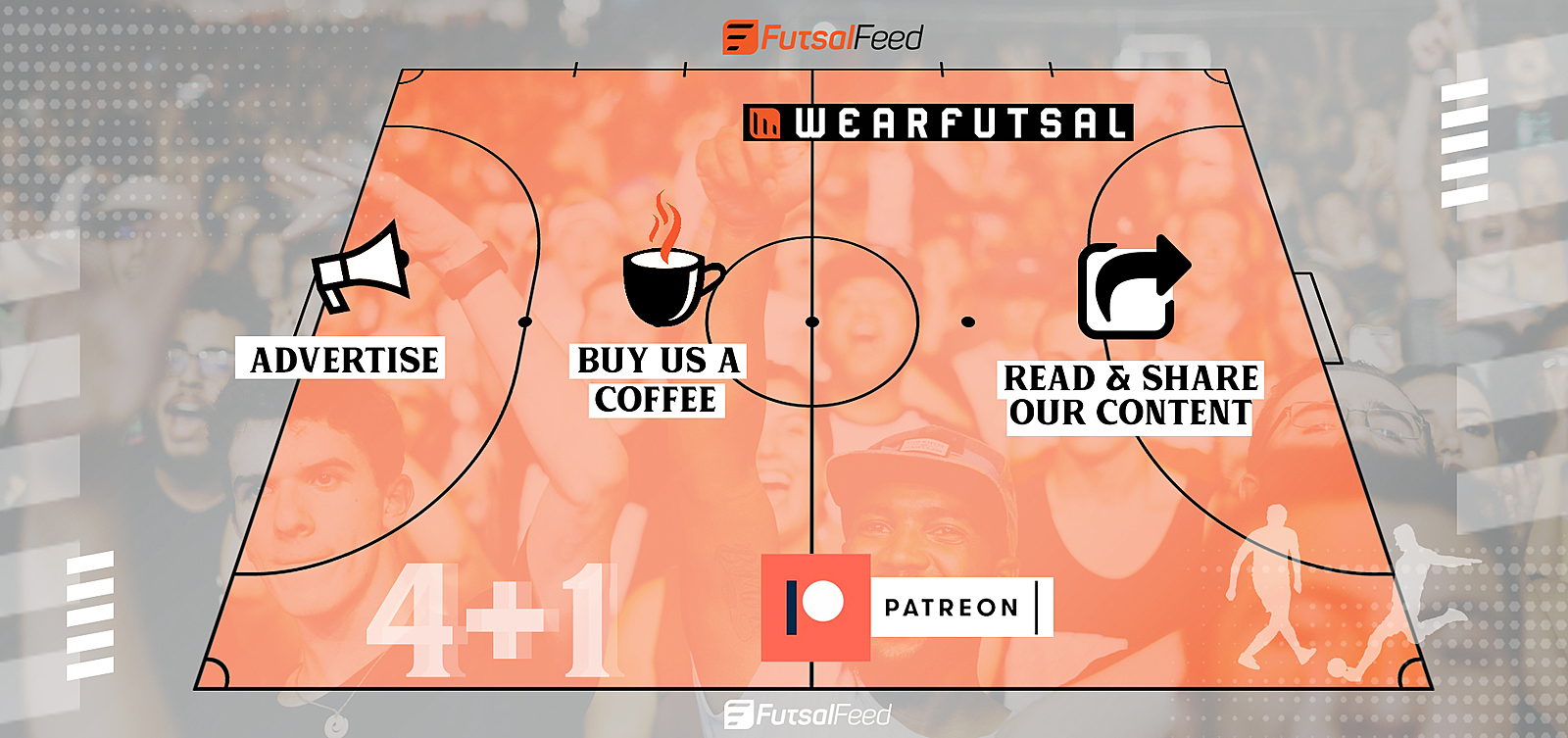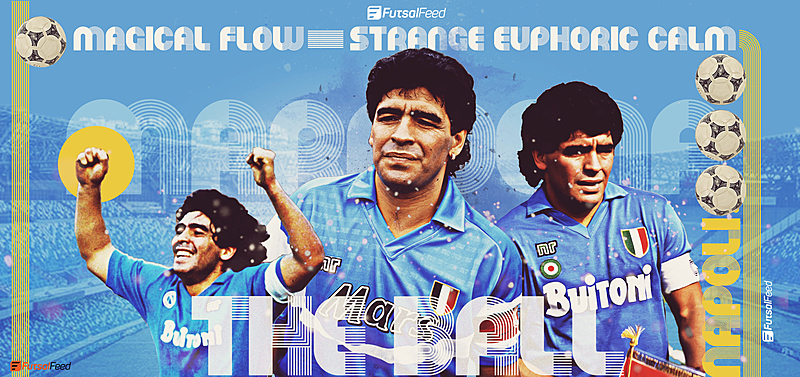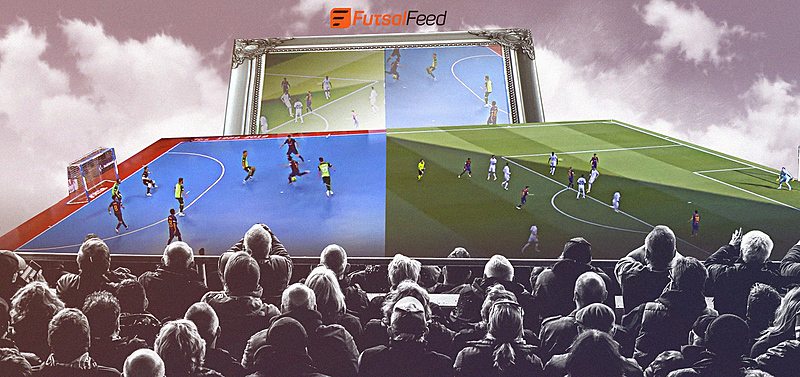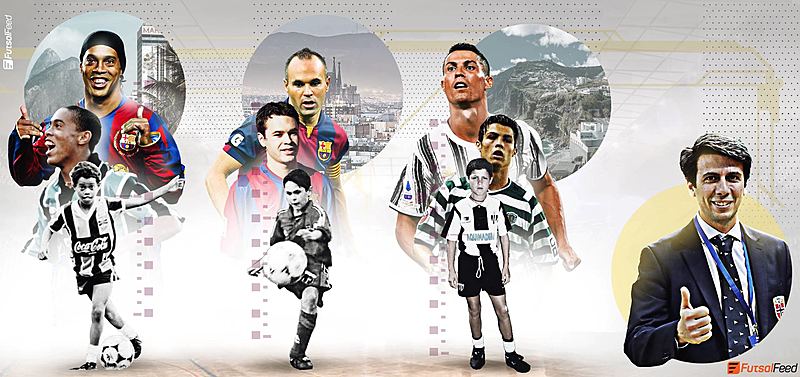First of all, a big thanks go to coach Andrea Loiacono, who created an excellent video, using acquired skills with great mastery.
We hear about statistics often. Data that once referred to the number of goals scored in a game, percentage of possession, shots on goal, and something else.
In recent history, coaches selected players on a few subjective evaluations. A block of notes was enough to write down the elements to be studied.
>>> Futsal and Football, the perfect fusion
Today we have "Big data". However, every top club has a professional with high skills and expertise in the match analysis area. Clubs include such a person in the evaluation of players. "Big data" can inundate us, and if we do not know how to read that data, often those numbers become a problem rather than an added value.
Two crucial aspects included in the latest advanced teaching are the "Key pass" and the "Hazard index". This second aspect deserves a separate topic, which I will discuss in the next article.
This article will talk about the "Key pass" aspect because it will come in handy when choosing the "perfect" defender.
What are the "key passes"? And why are they so valuable?
Everything comes from numbers that have been used in recent years to the point of abuse - numbers of successful and wrong passes in a game by a team and by the individuals.
This data provided very interesting numbers, but then, by analyzing them carefully, it showed huge gaps. Some players in a match indeed managed to had double the passes of others, but it was equally valid that most of those passes were so-called "easy" or "stupid". Here, I am talking about passes between defenders, passes within a few meters and without any opposing pressure.
Hence the need to seek more "refined" data, something measurable and concrete. Therefore, all those passes that exceeded at least one defensive line of play and which then created a quick superiority or a concrete danger were analyzed.
Here I am not talking only about an assist for a goal, but also a midfielder's vertical pass that unmarked a striker, or, precisely, a pass by a central defender to serve a midfielder, skipping the opponent's offensive line.
Reading and measuring this data, only midfielders or forwards appeared in the key pass statistics in the top 10 European football leagues until a few years ago.
Repeating this analysis in the last few Italian and European championships, we saw with amazement the inclusion of central defenders such as Chiellini and even a German goalkeeper (the unsurpassed) Neuer in this ranking.
What has changed in the football "system" that has generated this incredible change? Simply, the tactical evolution. Previously, the coaches asked central defenders to perfectly mark the attackers in the defense phase and to play "easy" (sweep the ball or pass it to the closest teammate) in the attacking phase.
Nowadays, on the other hand, we are constantly looking to create numerical superiority, and having a central defender who manages to overcome an opponent's line, corresponds to having an always beautifully loaded gun (let alone having a goalkeeper with good feet who knows how to actively participate in the action in ball possession phase).
>>> Dušan Matić: Why Should Modern Goalkeeper Have the Characteristics of a Player in the Court
In this aspect, futsal has an advantage and can, in many ways, teach football a lot. The first and the most important "lesson" is the aspect of distances – which are very large in football, and very limited in futsal.
For a defender, the perception of danger in football and futsal is entirely different. Put a futsal defender on a football field, and you will see that he will keep the ball without worries even with very close opponents, while a footballer will free himself of the ball much earlier.
The second aspect is precisely dictated by quality. In futsal, the specificity of the roles is clearly different, so even a last defensive player has truly enviable technical qualities, which supports him better in the setting phase.
In the coming years, we will see a complete innovation in goalkeeper and central defender roles, with players who will be good at defending 1-on-1, but who will also be forced to learn risk management and do many more kilometers than those who play today.
In the video, you can see many examples, starting with situations where an opponent's pressure is defended near the goal with great serenity, using precious supports but above all, excellent technical skills.
We will continue with an example of a defender who takes measured risks and jumps an opponent while running, creating superiority straightforwardly, and effectively. We will show you the importance of seeking verticalization.
We will show you how important it is to "wait" for the right moment in the match, to bring the ball to "attract" opponents and create spaces where you can quickly verticalize.
I want to thank coach Andrea Loiacono once again, for an added value in this analysis.
>>> Futsal and Football, how to use the talented player to obtain numerical superiority
>>> 4+1 easy ways how can you support FutsalFeed





